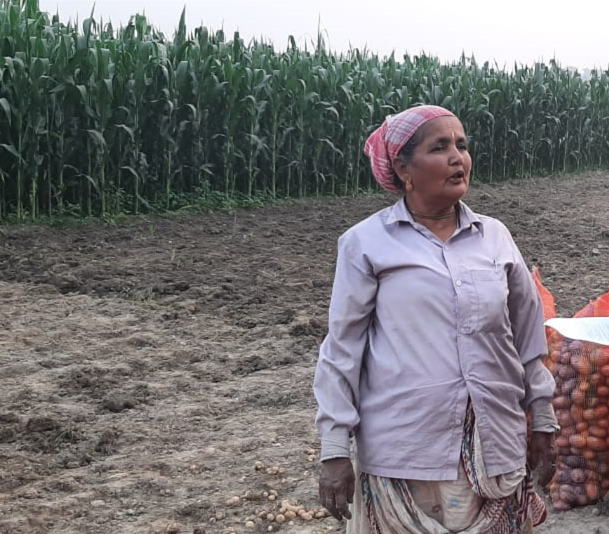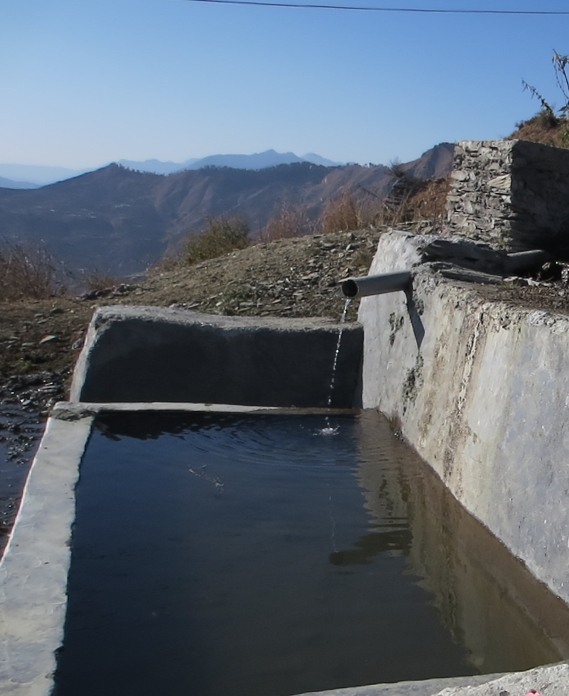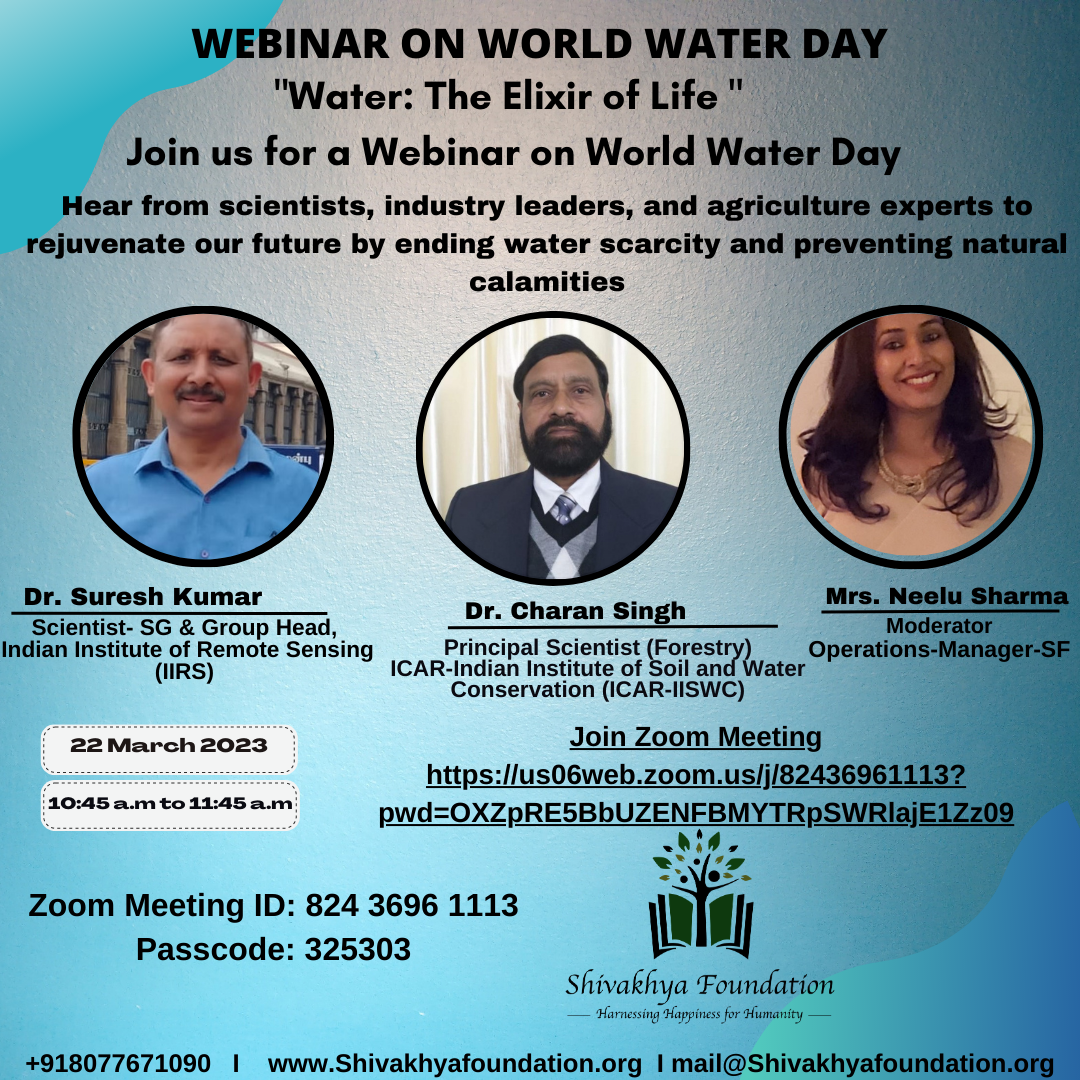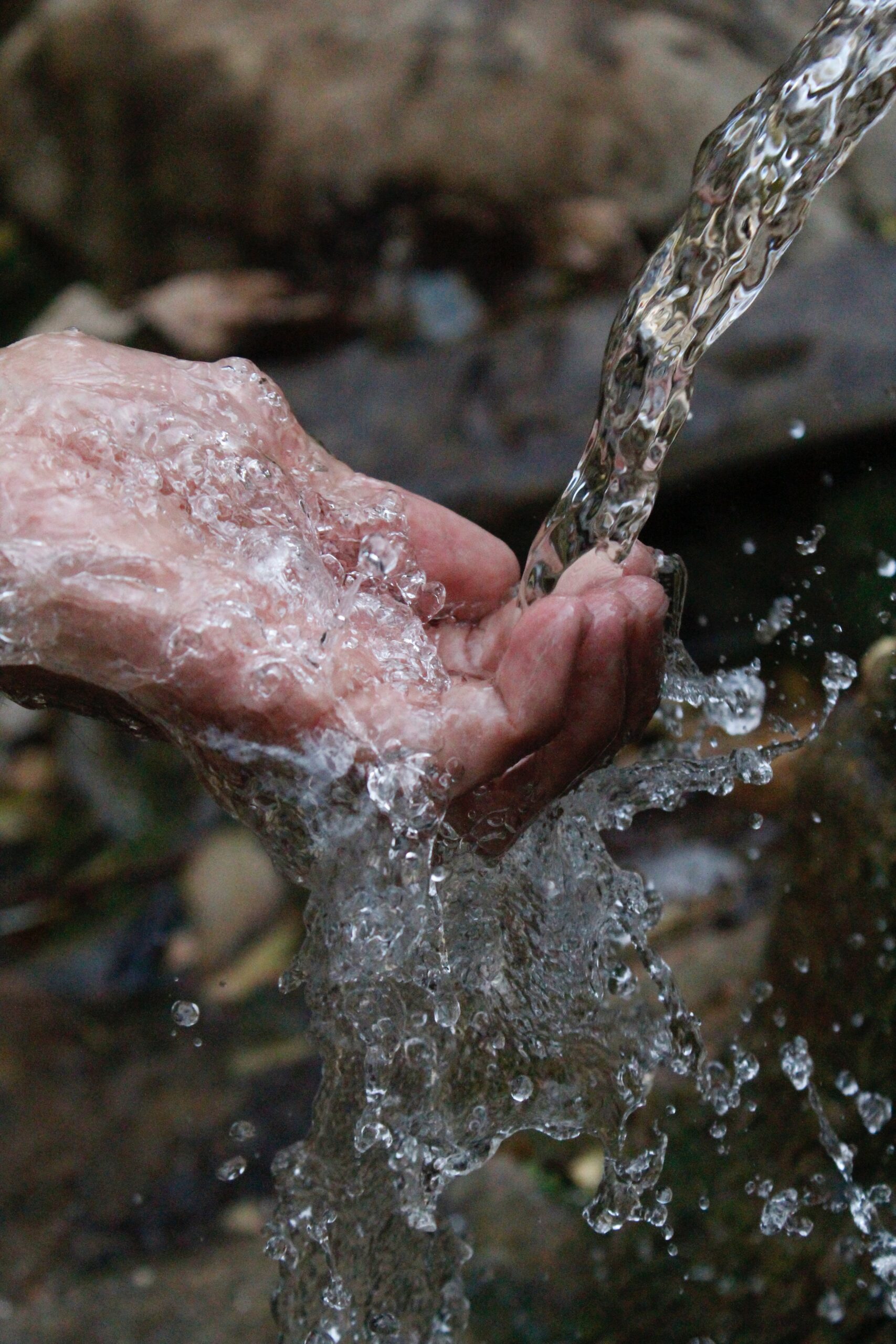Empowering women in agriculture

Agriculture is the backbone of many countries around the world, and women play a crucial role in this sector. Empowering women in agriculture is important not only for achieving gender equality, but also for increasing food security, reducing poverty, and achieving sustainable development. Despite what they do, women in agriculture often face problems, like not having enough land, credit, or technology. In this blog, we’ll talk about how important it is for women to be able to make decisions in agriculture and look at some recent examples of projects that are making a difference. Here, we’ll talk about why women’s empowerment in agriculture is important and look at some of the most recent examples of efforts to make it happen.
Empowering women in agriculture can have big benefits for both the women and the communities where they live. When women have access to land, credit, and technology, they can increase their productivity and income, improve their families’ nutrition and health, and help the local economy grow. Also, women often take better care of natural resources and understand the importance of farming methods that are good for the environment.
Several organisations are working to give women in agriculture more power. The International Center for Research on Women (ICRW) has started the Gender, Agriculture, and Assets Project (GAAP). Its goal is to give women more control over assets like land and livestock. The project has done research in places like Bangladesh, Guatemala, and Uganda and found ways to improve women’s access to and control over assets.

Another example is the African Women in Agricultural Research and Development (AWARD) programme, which gives women scientists in agricultural research leadership training and mentorship. Over 1,000 women from 16 African countries have been trained by AWARD, and many of them have gone on to make important contributions to agricultural research and development after they graduated.
In India, the Self Employed Women’s Association (SEWA) has set up a cooperative of women farmers that helps with training, credit, and selling. The cooperative has helped women make more money and improve their ability to bargain in the market.
statistics related to women in agriculture
- According to the UN Food and Agricultural Organization, 43% of agricultural workers are women (FAO).
- Women make up 60–80% of smallholder farmers in underdeveloped nations and grow 60–70% of food crops.
- On family farms, women cook, clean, and take care of children and the elderly for free. This labour is crucial to agricultural output but frequently disregarded.
- Women have difficulty obtaining land, financing, and education, despite their contributions to agriculture. Women own 15% of agricultural land globally, according to the FAO.
- Women own less than 20% of the world’s land, but they produce more than half of the world’s food.
-

Malta fruits in Uttarakhand hills- a potential produce for new products in market - Women are often excluded from agricultural policy creation and implementation.
- Women are routinely excluded from agricultural policy and programme decisions despite their contributions.
- Empowering women in agriculture might alleviate hunger, poverty, and boost nutrition and agricultural output.
- Closing the agricultural gender gap may boost women-owned farm production by 20-30%.
- Climate change affects agriculture and women disproportionately. Women in impoverished nations gather 90% of water, making them more sensitive to rainfall patterns and water supply, according to the UN.
Women have always been important in agriculture, whether they were running family farms or doing manual labour on large-scale commercial farms. But they often face discrimination because of their gender, such as unequal access to resources and markets, lower pay, and less ability to make decisions. Empowering women in agriculture is not just an issue of social fairness, but also a matter of economic need, since it may increase the productivity and sustainability of agricultural systems.
In conclusion, giving women more power in agriculture is essential for achieving sustainable development and reducing poverty. The examples in this blog show that there are many programmes going on that are helping women farmers. By giving women the tools, skills, and support they need, we can help them contribute to agricultural development and make their families and communities healthier and happier.








